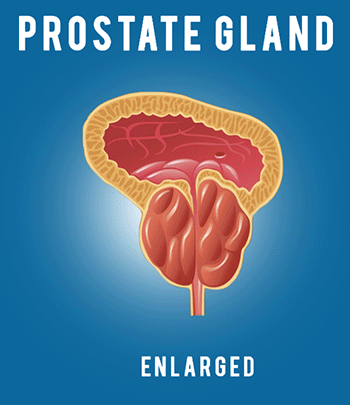No Chiropractic Curriculum Can Be Without It Clinical Sciences
No Chiropractic Curriculum Can Be Without It Clinical Sciences

Image courtesy of phasinphoto at FreeDigitalPhotos.net
Many a chiropractic student will be in for quite a surprise when basic sciences are found on the curriculum schedule. What may appear to some to be only tangentially needed for the purposes of rendering chiropractic care to ailing patients is in all honesty an important – vital even – stepping stone to understanding the core of the chiropractic curriculum: clinical sciences. It is interesting to see how many chiropractic students are baffled when they survey their course load to find classes in radiology, nutrition and physical rehabilitation.
No Chiropractic Curriculum Can Be Without It Clinical Sciences
Sure, they were expecting to learn chiropractic principles and also the fine art of rendering a diagnosis with the information provided by the patient, but the notion that radiology would be part and parcel of the curriculum is somewhat surprising – after all, is that not the kind of service that is provided by someone else? In all honesty, it is true that trained radiologists will most likely be the medical health professionals who will take the x-rays ordered by the future chiropractor, yet even if they also provide a reading of the finished image, it is vital for the chiropractor to be able to not only understand the verbiage used, but to also see in an x-ray image that which the reading radiologist has seen. At times, there may be a disagreement between a cause and an effect, and depending on the radiologist’s point of view, this line may become blurred and perhaps even attribute a chain of events to an ailment that is not entirely correct. If an aspiring chiropractor is not able to read an x-ray independently, she or he is limited by the expertise – or lack thereof – that a radiologist brings to the table.
Another aspect of the chiropractic curriculum that has some students wondering is nutrition. Sure, they understand that nutritional counseling – especially of the obese patient – will help this individual in decreasing the load that is put on bones and joints, but there is more to this study than simply helping someone to lose weight. Consider for example foods that contain substances which are known for their healing powers. Add to this the idea that nutritional supplements are often useful to underscore a proper way of eating that the patient is already undertaking, and you can easily understand why a course in nutrition is so important to someone who will treating a suffering person in a holistic mode.
Thus, any chiropractic student in search of a reputable school should make sure that the clinical sciences that are being taught are as brought as possible, thus enabling her or him to gain a proper working understanding of not only chiropractic principles but also radiology, physical therapy, nutrition and a number of other clinical sciences that will enable her or him to ensure a patient’s road to healing is not overly long and arduous. Consider clinical sciences the building blocks on which you will be able to secure a foundation in chiropractics that will make you a primary care physician of the highest relevance in the life of a patient.


